A Childhood of War: Poetry Amid the Flames
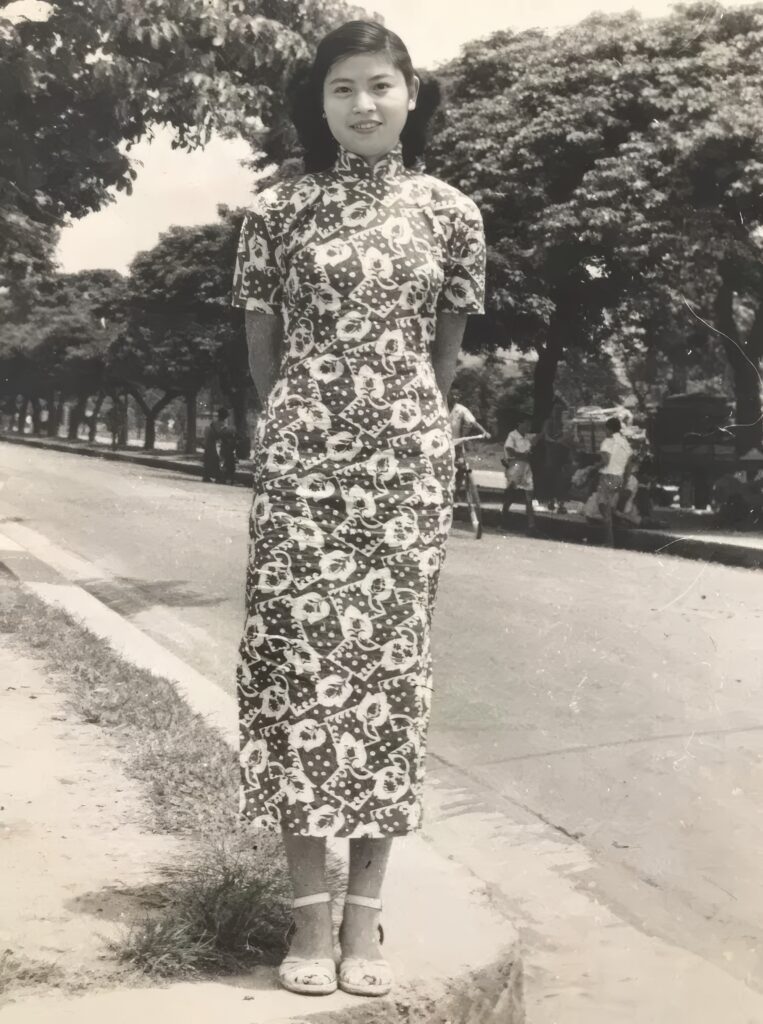
Jennie Ho was born on July 26, 1930, in Liling, Hunan Province, into a family of scholars and officials. Her father, Ho Yuntao, was a civil officer in the Nationalist government; her mother, Xu Dehuai, came from a wealthy household. The youngest of eight children, Jennie learned to read at five, recite Tang poetry by ten, and fluently memorize Song lyrics by thirteen. In peaceful times, she might have become a gentle poetess, living a quiet, cultured life.
But war came early. In 1937, after the Marco Polo Bridge Incident, Japanese troops swept southward. Her father went to the front, leaving behind her mother and the children. Jennie witnessed the horror of villages burned and families fleeing. Pushing a wooden cart alongside her mother, she escaped through bombed roads; her eldest sister died of illness during the journey.Her eyesight began to fail during those years of chaos. Later, she would remember only fragments — “torrential rain, young bamboo trembling in the wind.”
In 1946, the family relocated to Taiwan. Gifted and determined, Jennie earned admission to the National Taiwan University Department of English — one of only two students accepted from her entire high school — and began a new chapter of her life.
Across the Ocean: A Love Written in Letters
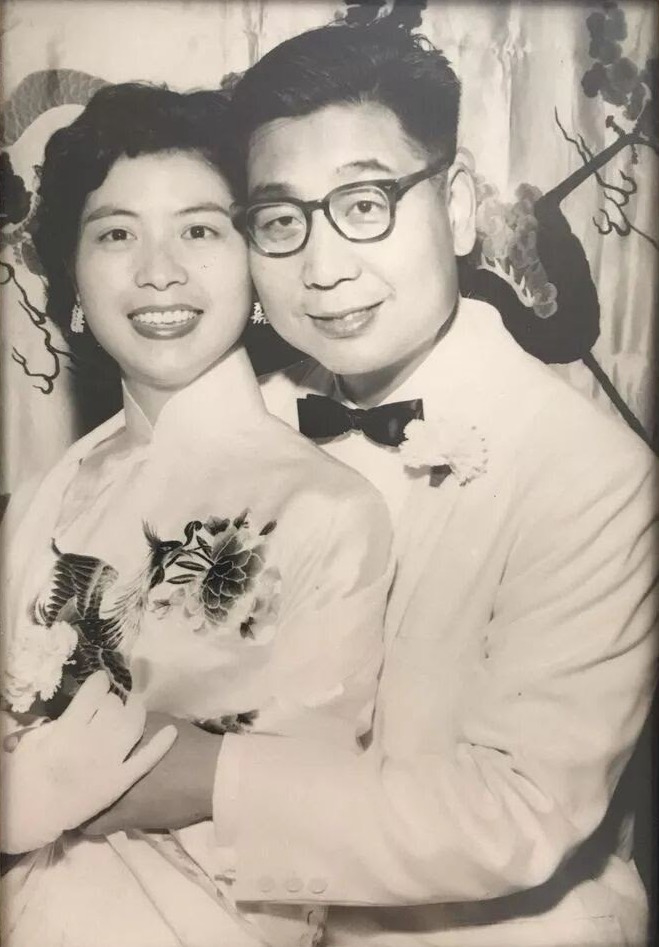
In 1958, twenty-eight-year-old Jennie held in her hands a stack of neatly written letters from across the Pacific. The writer addressed her by name — not “Miss Ho,” but simply “Jennie.” That writer was Fred Hsiao (萧锋), born in 1920 in Shaanxi, China. A graduate of Wuhan University in civil engineering, Fred had gone to the United States in 1944 as one of China’s first self-funded students abroad, earning his master’s degree from MIT and a Ph.D. from the University of Minnesota.
Introduced by Jennie’s sister — who “sold her photo” to Fred — the two corresponded for two years. Fred, ten years her senior, was calm, kind, and thoughtful. To help Jennie pursue her dream, he provided a $2,400 financial guarantee and more than $1,000 for airfare.
When they finally met at the San Francisco airport in April 1958, Jennie admitted later that she felt “a little surprised — he wasn’t quite as tall as his photo.” Yet his gentle manners and sincerity won her heart. Two months later, they were married in Minnesota.
Devotion and Family: From Graduate Student to “Minnesota Wife”
Jennie entered graduate school at the University of Minnesota but withdrew after two years because of worsening eyesight, devoting herself to raising their family. In 1974, Fred founded Shaw-Lundquist Associates, which began as a small construction company and grew into the largest minority-owned contractor in the Midwest and one of the largest Asian-owned general contractors in the United States.
Fred was known as a “philosopher-businessman,” as described by the Star Tribune. He also co-founded the Chinese American Association of Minnesota (CAAM) and the Minnesota Chinese Chamber of Commerce, becoming a cornerstone of the local Chinese community.
Jennie, though devoted to her home, was always a quiet force behind Fred’s success — a steady partner and lifelong supporter of CAAM. Together, they raised three sons and saw their family prosper across generations.
A Cultural Bridge: Gardens, Scholarships, and Remembrance
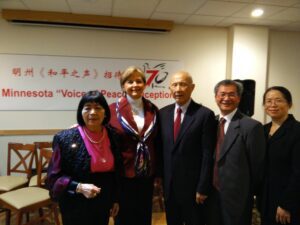
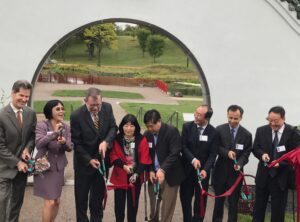
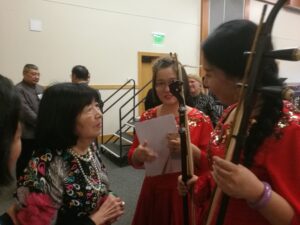
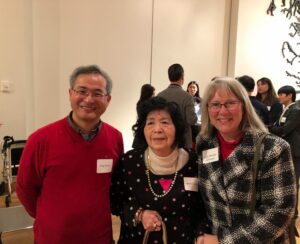
Despite living in America for more than six decades, Jennie never forgot her roots. She became a tireless bridge-builder between China and the United States.
1987 – Helped establish the sister-city relationship between Saint Paul, Minnesota, and Changsha, Hunan.
2001 – Together with Fred, created the Jennie and Fred Hsiao Scholarship, enabling over 100 University of Minnesota students to study in China; and the Shaw-Lundquist / Hsiao Fellowship for graduate students in engineering and construction.
2006 – Invited Hunan sculptor Lei Yixin to Minnesota; Lei later became known for the Martin Luther King Jr. Memorial in Washington, D.C.
2008 – Led the creation of the Garden of Harmonious Beauty at the University of Minnesota Landscape Arboretum — a Chinese-inspired garden blending Eastern philosophy with Midwestern landscape.
2010 – The couple donated $1 million in land proceeds to complete the garden. That same year, Fred passed away peacefully. The garden became his living legacy.
Return to Roots: Two Visits to Wuhan University
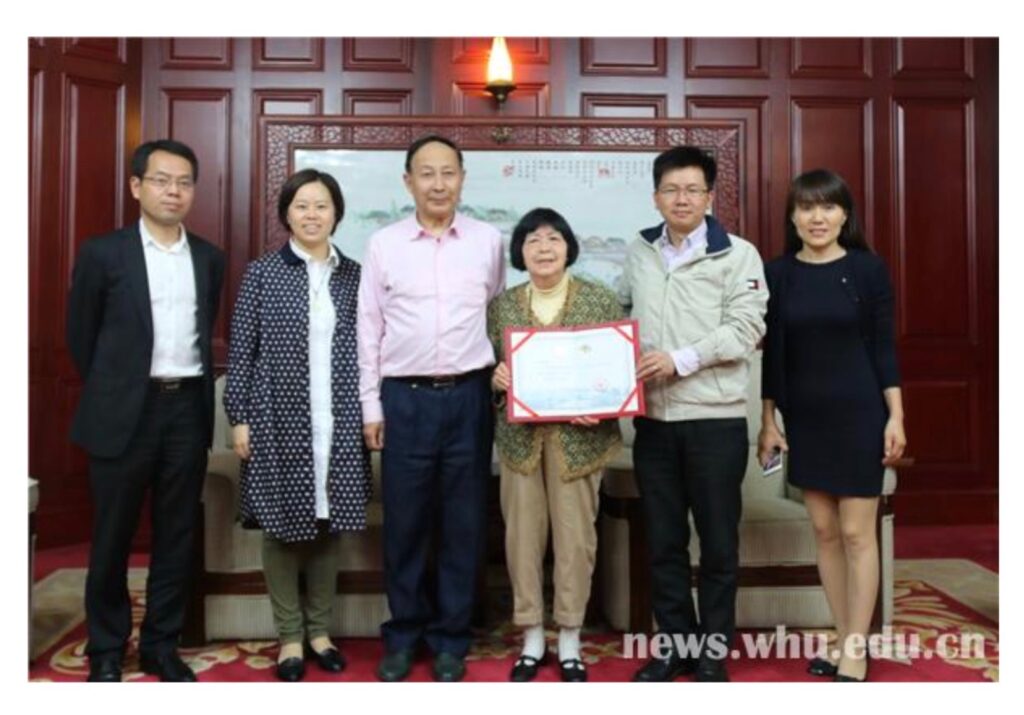
1983 – Jennie and Fred visited Wuhan University for the first time, marveling at the transformations brought by China’s reform era.
May 2016 – At eighty-five, nearly blind, Jennie returned once more to the campus. Upon landing, she went straight to Luojia Hill, saying with a smile, “The daughter-in-law of Wuhan University has come home.”
She donated $80,000 to establish the Fred and Jennie Hsiao Student Exchange Fund, supporting three Wuhan University students each year to study in Taiwan.
Grace in Twilight: Legacy and Passing
Though her sight faded completely in her later years, Jennie faced life with unwavering grace and courage. She taught her children and grandchildren the enduring values of perseverance, kindness, and humility.
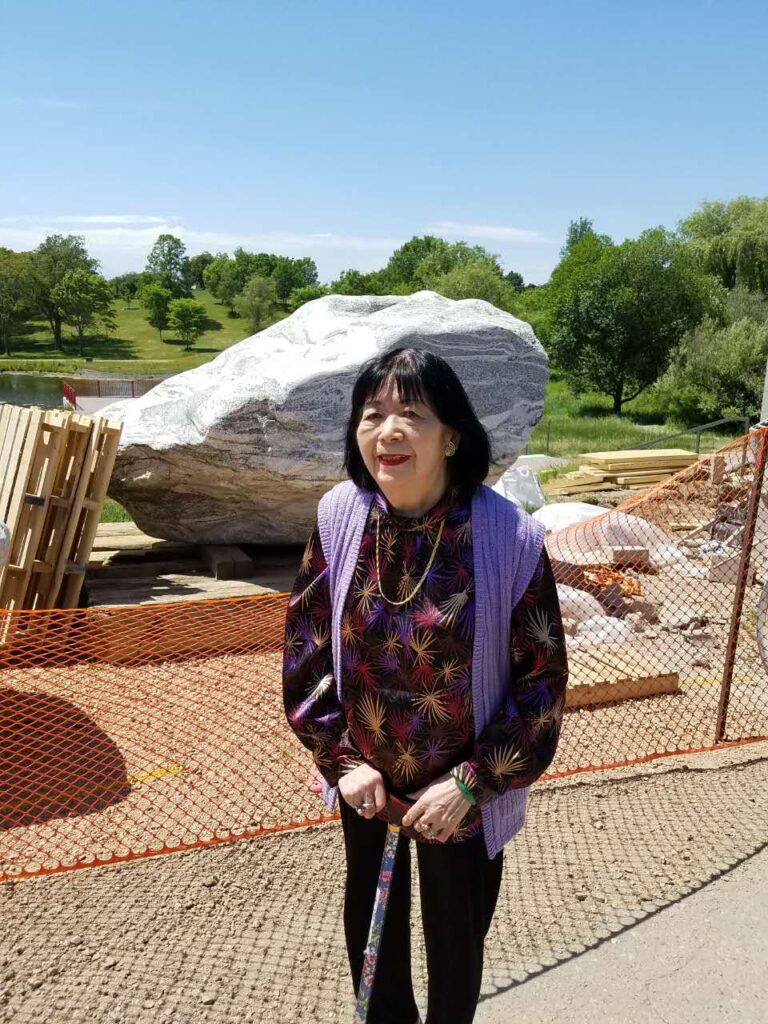
In 2018, she received the Lifetime Service Award from the Association of Fundraising Professionals (AFP), honoring her decades of quiet philanthropy and cultural dedication.
Jennie Ho Hsiao passed away peacefully on October 21, 2025, in Richfield, Minnesota, at the age of ninety-five. She is survived by her brother Larry Ho, sister Zhiwen He Yuan, and many beloved family members.
Her and Fred’s portraits are displayed in the “Greatest Generation” exhibit at the Minnesota Historical Society — a refined Chinese couple who, through architecture, gardens, scholarships, and love, wove together two worlds: from war to peace, from China to America.
Epilogue: A Bridge of Life
From the rivers of Hunan to the banks of the Mississippi, she built bridges with knowledge, courage, and compassion.
The gardens and scholarships she left behind are more than memorials — they are living testaments to vision, generosity, and cultural grace.
In the still waters of the Garden of Harmonious Beauty, one can still glimpse her gentle and steadfast presence.
